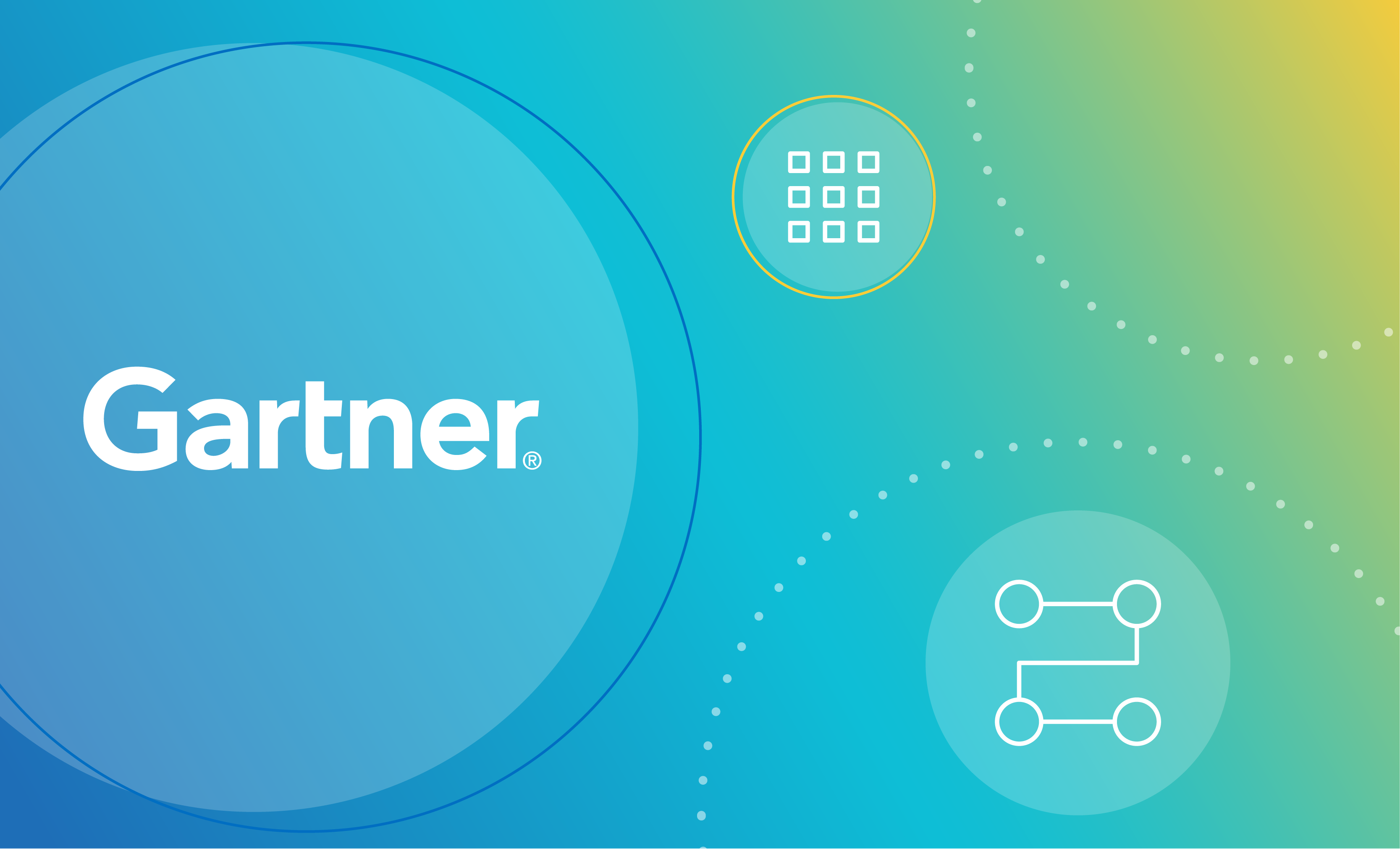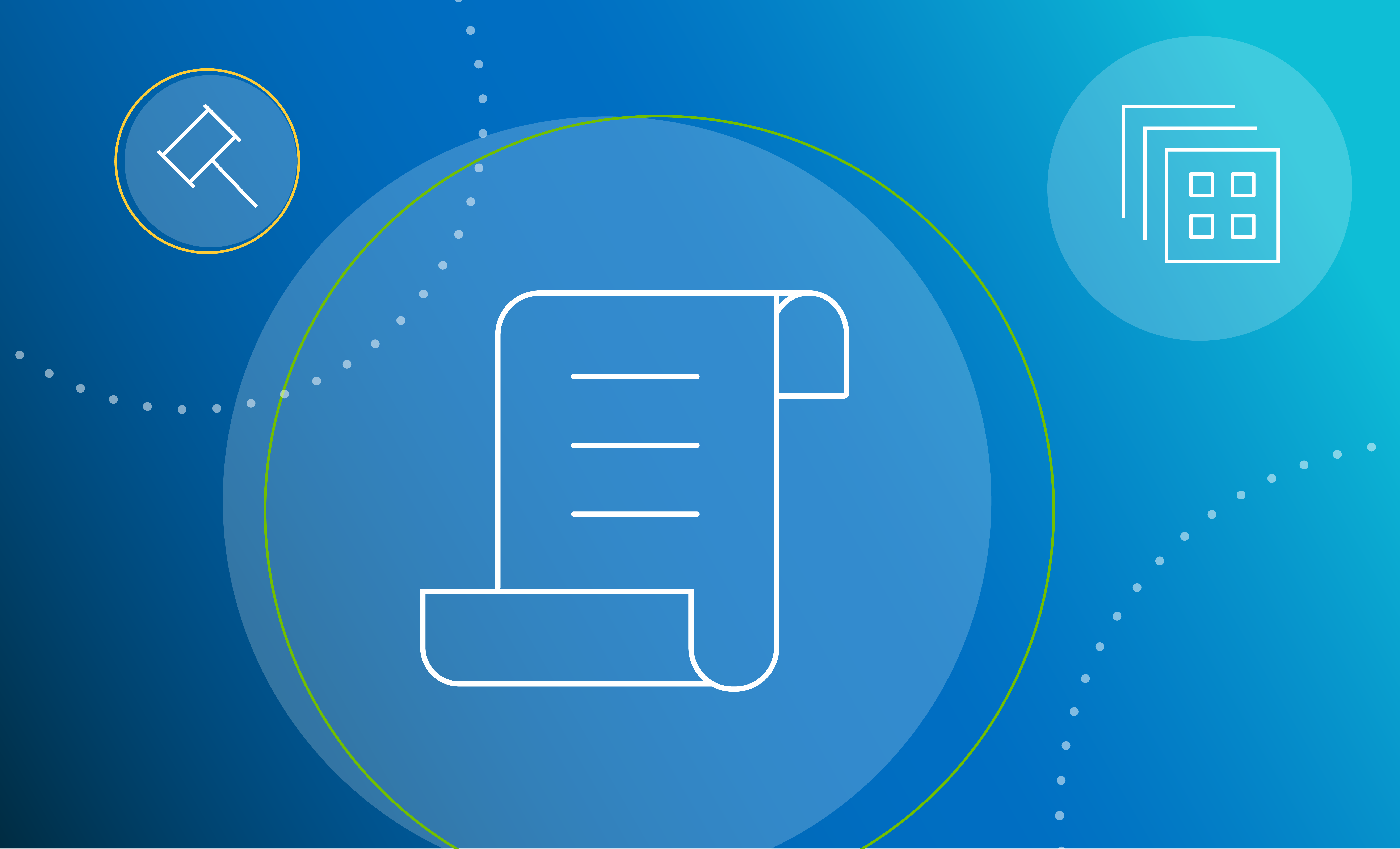As his company’s Data Governance Lead, Justin Swenson recognized the challenges and opportunities ahead as he looked to transform Sub-Zero, the leading American-based manufacturer of premium kitchen equipment, into a more data-driven organization.
Sub-Zero is a family-owned private company with about 2,600 employees. It started as a refrigeration company in the 1940s. In 2000, they added the Wolf Range Company which manufactures domestic cooking appliances and they expanded again in 2018, by adding the Cove brand of dishwashing equipment.
The challenges at Sub-Zero
“We have distinct manufacturing facilities that have grown over the years and been acquired and purchased. They operated essentially almost like islands, because they had their own products being created there,” said Justin.
“They had their own systems, they had manual processes in many ways. They used things like Microsoft Excel and Microsoft SharePoint. And we started to see a need to really coordinate and consolidate the KPIs, measures and dimensions happening at each of these facilities.”
Justin recognized the need for a new, enterprise-encompassing, data environment that had comprehensive data governance and could incorporate powerful new data technologies, such as Microsoft’s Power BI and Snowflake on the Azure Cloud.
Lessons learned
In his talk, Justin outlined specific “lessons learned” that he acquired as the project progressed:
1. Tell relatable and applicable stories to win over business users
“One of the large things you need to do is win your business users over by showing them how you’re going to be providing them value with this tool and with data governance as a program,” said Justin. The best way to do this is to help each area of your business relate to the benefits of the program. Work with them to learn their business and identify the concrete ways data governance is going to help them do their jobs better and with greater ease. Show them the demonstrable ways data governance will be a business advantage, not a burden or new level of bureaucracy.
2. Finding enthusiastic Data Owners and Stewards who “just get it”
Identify the people in each group who will be enthusiastic data owners and data stewards.
“We had some people who didn’t really see the point and didn’t get it. And we had other people who saw the benefit right away, loved the idea of it and couldn’t wait to get started. The people who couldn’t wait to get started – they are really the ones driving our program forward right now. And they, through their early adoptive personality and their enthusiasm have provided examples for the people who didn’t really get it.”
3. Enable Data Owners and Stewards with requests, ideas and workshops
Enable data owners and stewards by requesting things from them, giving them ideas and running workshops.
“A lot of data owners and stewards won’t know where to start. So have a list of requests from them, have a list of things that you want them to start working on and providing you with. And then start running idea sessions, start running workshops sessions, just to help them come up with new ways to apply data governance to their area and new kinds of projects you can run with them.”
4. Your data governance group needs data governance
In order to get the job done correctly, you need to bring data governance to your data governance group. Develop a business glossary of your own. Delineate the difference between a “KPI” and a “measure.” Define the different variations and nuances of words associated with data governance, words that you are trying to get business domains to fall in line with.
“Before you ask the business to define a KPI or define a measure or define a dimension. You need to define for them what those things are and how those things differentiate.”
5. Treat data governance like a product, be agile
Adopt the newest and latest data governance methodologies.
“How do we shake up data governance and be more agile and treat it more like a product the way the industry does in a lot of ways today already. We can’t view everything as such a long hierarchical process.”
6. Crawl, walk, run, fly
“You’re going to feel like things are going slow initially, you really do need to crawl, walk, run, fly. I would say even after a year of doing this, we’re just pushing halfway into the walk process, and we’re hoping by the end of this year, we can start getting into the run process.”
There is a lot to understand and things may feel like they are progressing slowly at times. Involve the right people in a lot of discussions to keep them on board. Once progress really picks up, people will be ready to take off on their own and do things for themselves.
Invest in training
If possible, Justin recommends setting up a dedicated, well-trained technical staff for your data information platform.
“Invest in and take the Collibra bootcamp classes early on,” he said. “I took the bootcamps and it kind of opened my eyes up to a lot of details I didn’t understand before in Collibra, and it made the implementation go much faster and much better once I gained that understanding.”
He also has good things to say about participation in Collibra’s Data Citizen community.
“I’ve had a lot of questions answered in that Data Citizen community, and the more active I am there, the more questions I can get answered and the faster I can move forward,” he said. “Just whatever questions you have, open it up there. There’s plenty of people who’ve already done implementations who can help you.”
Recommendations to get you started
“Now, where I would recommend that you start and where we started was setting up things like communities, setting up things like domains, working on business glossary, working on connecting our data sources, especially metadata and technical lineage and then trying to get the security right. A lot of those basics need to come before you dig into some of the different details of Collibra.”
Akhandai Mohanty, Senior Manager, Data Engineering at Accenture worked closely with Justin and Sub-Zero. He and his team focused on cloud and data-driven reinvention frameworks. “What we have done is we have created a set of re-usable, scalable, flexible, and highly automated plug and play solutions that can help accelerate any data governance deployment. It all integrated seamlessly with Sub-Zero’s data platform and ecosystem.”
The process continues for Justin and Sub-Zero, but it’s been a very fruitful and successful learning experience.
“Move quickly and be willing to make changes. Each piece of this product fits together. I would recommend instead of focusing too narrowly on a couple of aspects of the product, really try to understand Collibra as a whole. And then understand what each component does and then have an order of operations for what you want to focus on implementing first.”
“I always think of data governance as an enabler and not as a restraint. And I know that requires a significant shift in organizational mindset and culture towards treating data as a strategic asset,” added Akhandi.
Justin shared the story of his company’s data transition at Collibra’s Data Citizens ’21 digital conference. His talk, delivered with Akhandai Mohanty, Senior Manager, Data Engineering at Accenture, was titled “Enabling a data-driven organization: Sub-Zero’s journey towards being data-driven using Collibra”. Watch now!




